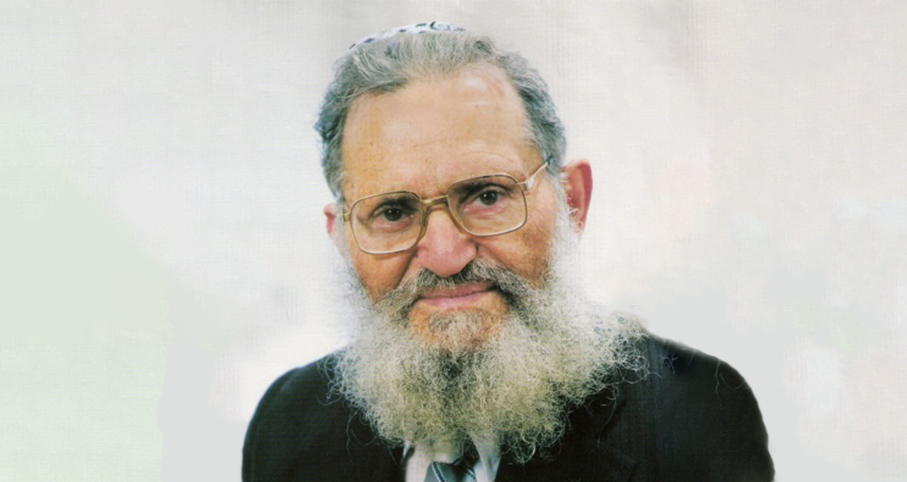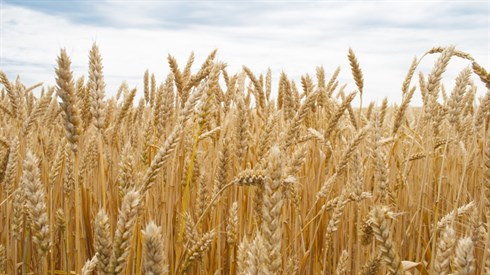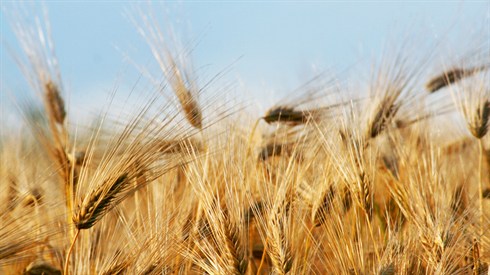- Torah Portion and Tanach
- Terumah
- Sections
- Parashat Hashavua
424
We propose the assertion that the Mikdash serves to unite the nation, especially those who came thrice annually to visit it. One could argue that the reason for visiting Yerushalayim is just to take part in the goings-on in the Mikdash. However, we posit that the unity reached is that which made it possible to have the Divine Presence dwell on the people. Unity is an ends and not just a means.
David understood this, and therefore when he brought the ark to Yerushalayim the second time, he invited the entire nation (see Divrei Hayamim I, 15:3). This also found expression in David’s building of an area that was called the Milo (Shmuel II:5:9). Chazal tell us that this referred to an area in the city that David left open as camping grounds for those who came to visit the Mikdash. One generation later, this area was the subject of a bitter disagreement that caused a horrible split in the nation between the descendants of David and what became the Kingdom of Judea and Yeravam ben Nevat and the Kingdom of Israel.
The navi mentions the tax that Shlomo levied to build the Milo as well as the wall of Yerushalayim and other cities (Melachim I, 9:15). But then it mentions the area in the context of the palace he built for his wife, the daughter of Paroh (ibid. 24). The navi relates the criticism of Yeravam, one of Shlomo’s regional leaders, against Shlomo regarding the milo (ibid. 11:26-28). The gemara (Sanhedrin 101b) credits Yeravam’s rebuke as the matter through which he merited kingship. But what was the importance of this Milo?
Our suggestion is that it was an area between the City of David and Mt. Moriah, the site of the Beit Hamikdash. When David extended the city wall, it became part of the City of David, but he left it open in order to encourage aliya laregel by providing a place for tents. The area served as a great sign welcoming the pilgrims. By building Bat Paroh’s palace there, Shlomo was in effect declaring a welcome to the nations of the world, whom she represented, instead of the national command to go up to the place that Hashem chose (Devarim 17:8). By turning to the whole world, Shlomo was in essence claiming the arrival of the final redemption, as that is the time when all nations will come to visit the house of Hashem and its mountain (see famous prophecy of Yeshayahu (2:2-3)). It turns out that this was premature. There was still a need to strengthen the Jewish people around the messages that surround the Mikdash. Only afterward, could the other nations be invited to take part in their way. Yeravam, who wanted to take Shlomo’s place, called him out on this mistake, and when he did not receive the kingdom of a united Israel, broke the country and nation into two. Once disunity prevailed, success in maintaining the Divine Presence was doomed.
May the successful regaining of national unity bring about the return of the Divine Presence to dwell in our midst.

Mishkan or Mikdash
Rabbi Yossef Carmel | Adar 5773

Two faces of relationship
For Parashat Terumah
Rabbi Yisrael Wende | Adar 5773

Do I Deserve It?
Rabbi Haggai Lundin | 9 Adar I 5784

The Holy Ark: Religious Symbol or National Symbol?
Rabbi Yossef Carmel | Adar 3 5783

Parshat Shemini
The Mishkan: Dedication, Anticipation, and Crisis
Rabbi Hillel Geffen | Nisan 5761

What Will the Neighbors Think?
The laws of Marit Ayim
Rabbi Yirmiyohu Kaganoff | Thursday, 27 Cheshvan 5768

What Will the Neighbors Think?
The laws of Marit Ayim
Rabbi Yirmiyohu Kaganoff | Thursday, 27 Cheshvan 5768

Performing a Proper Hesped
Rabbi Yirmiyohu Kaganoff | 5771
Daf Yomi Makkot Daf 7
R' Eli Stefansky | 17 Nisan 5785
Daf Yomi Makkot Daf 9
R' Eli Stefansky | 19 Nisan 5785







